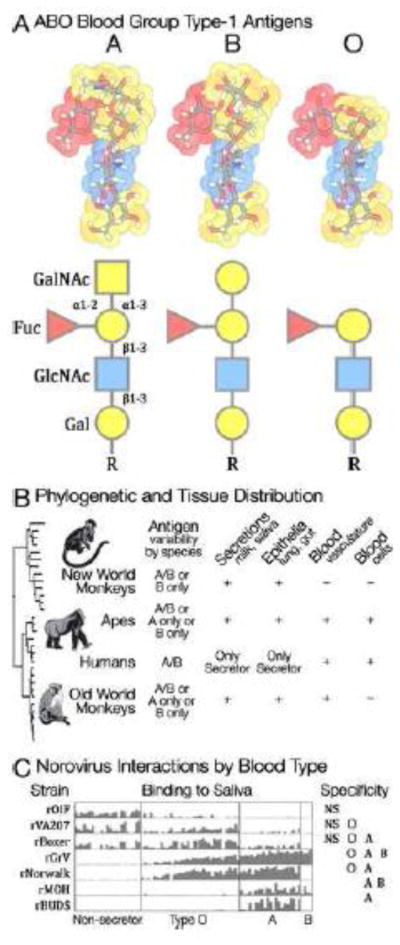Figure 4. ABO Blood Group: Pathogens and Polymorphism.
A) The first molecular polymorphism discovered in humans was the ABO blood group [72]. Blood types were discovered because certain lectins agglutinate the red blood cells of some individuals and not others. These lectins bind glycans that are polymorphic within human populations. The glycans that define A, B, and O blood types are created by the activity of a GalNAc/Gal transferase. An enzyme that transfers N-Acetylgalactosamine results in blood type A; one that transfers Galactose results in type B. An inactive enzyme does not modify the underlying glycan and results in type O. B) The ABO polymorphism originated at the common ancestor of primates [73]. Various patterns of ABO polymorphism are found among primate species. Additionally, a fucosyl transferase (FUT2) causes variation in blood group antigen expression in different tissues. Individual humans are either secretors (ABO glycans are found on epithelia and secretions) or non-secretors (ABO glycans are found only in the blood and vasculature). Other primates have various different secretion patterns. C) Many pathogens exploit specific blood type glycans for host recognition and attachment including noroviruses and rotaviruses [74]. Anti-AB antibodies may help maintain ABO polymorphisms by targeting incoming enveloped viruses bearing mismatched epitopes [75].

